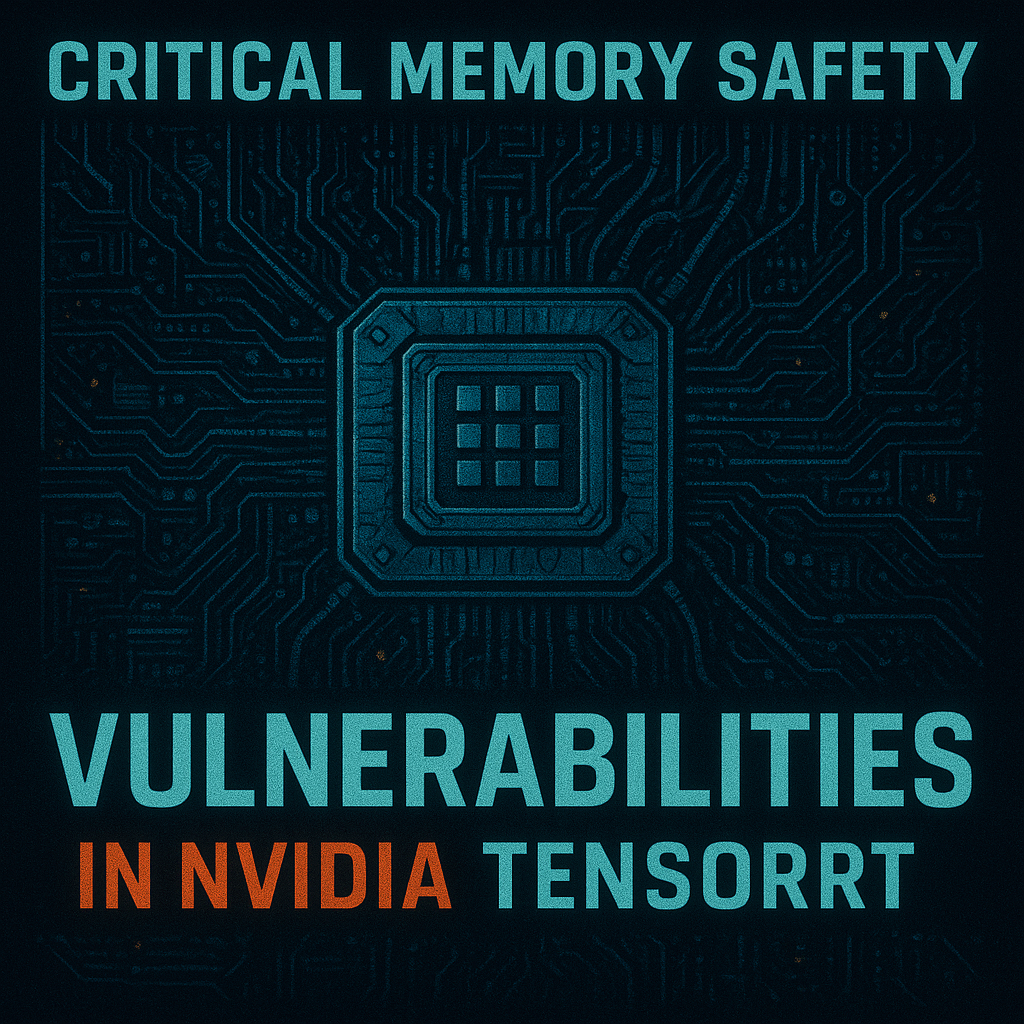Critical Memory Safety Vulnerabilities Discovered in NVIDIA TensorRT Framework
Date: September 7, 2025 · Author: Karma-X Research Team
Severity: Critical · Status: Under Responsible Disclosure · Affected Systems: TensorRT All Versions
Reference: TensorRT Repository · Huntr Bug Bounty Program · Official TensorRT Website
Want to Read More?
This is premium content from our research team. Create a free account to access the full article and join our community of security professionals.
Already have an account? Sign in here

